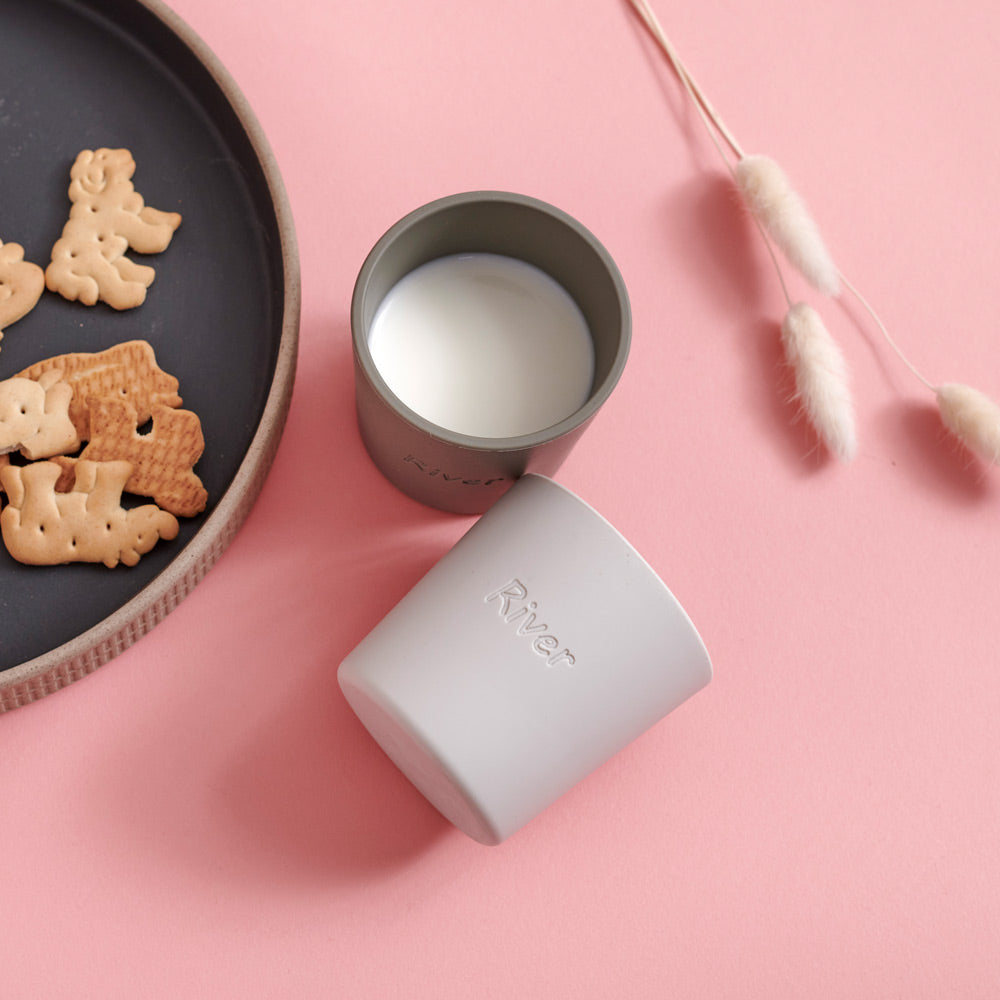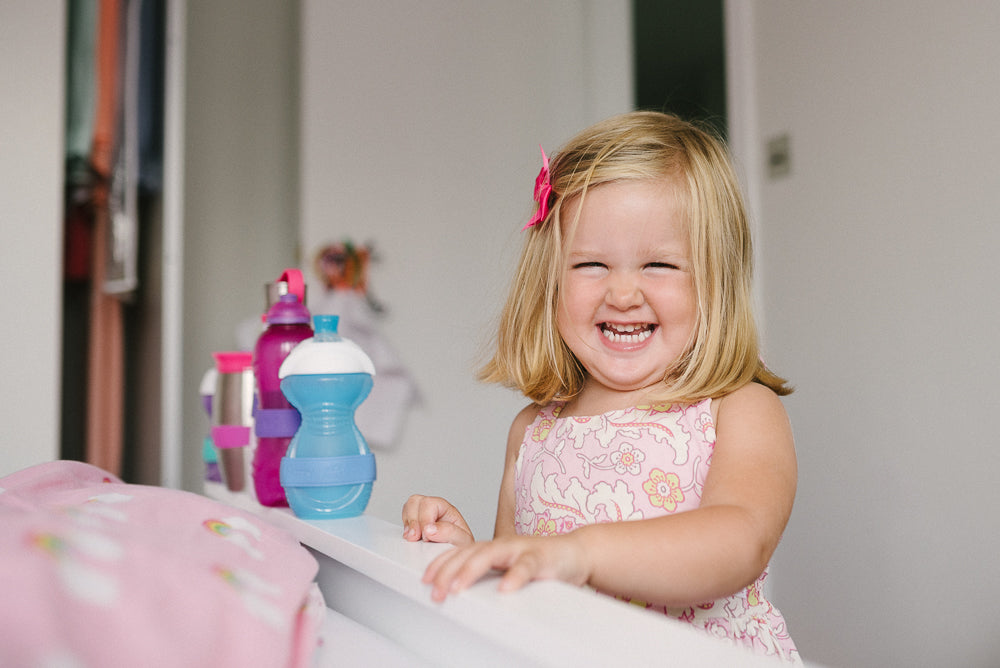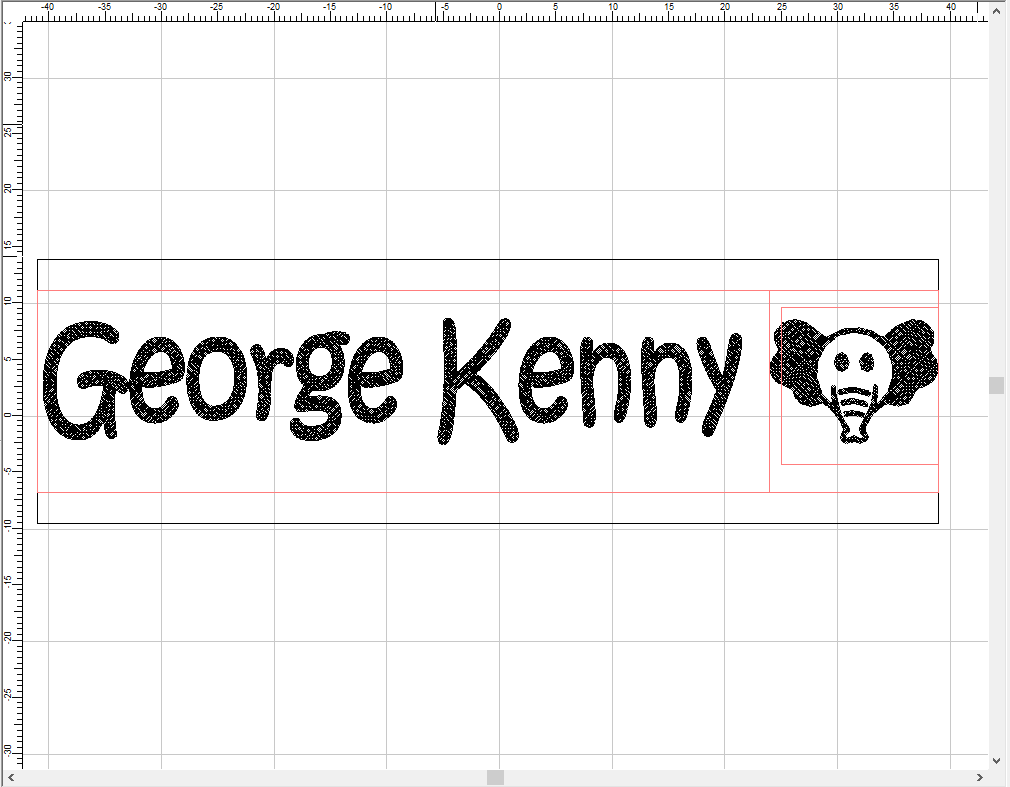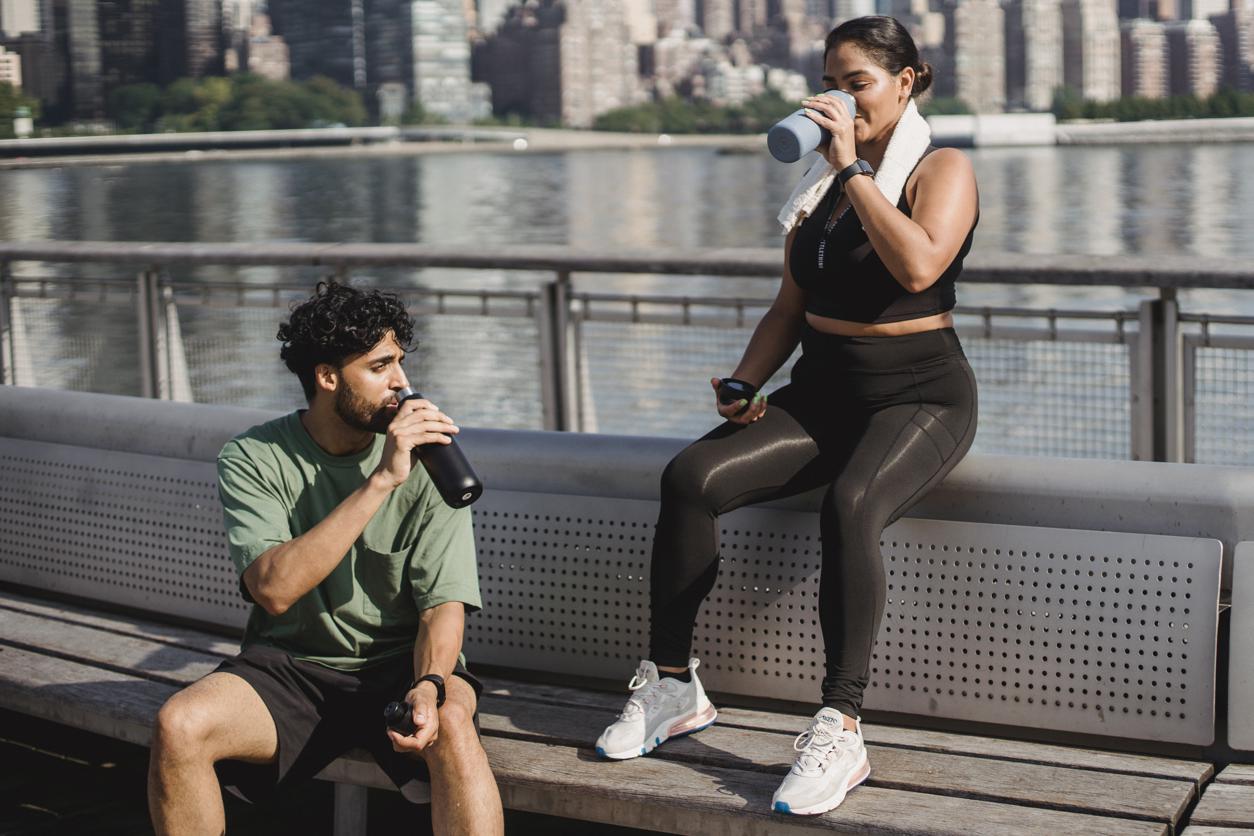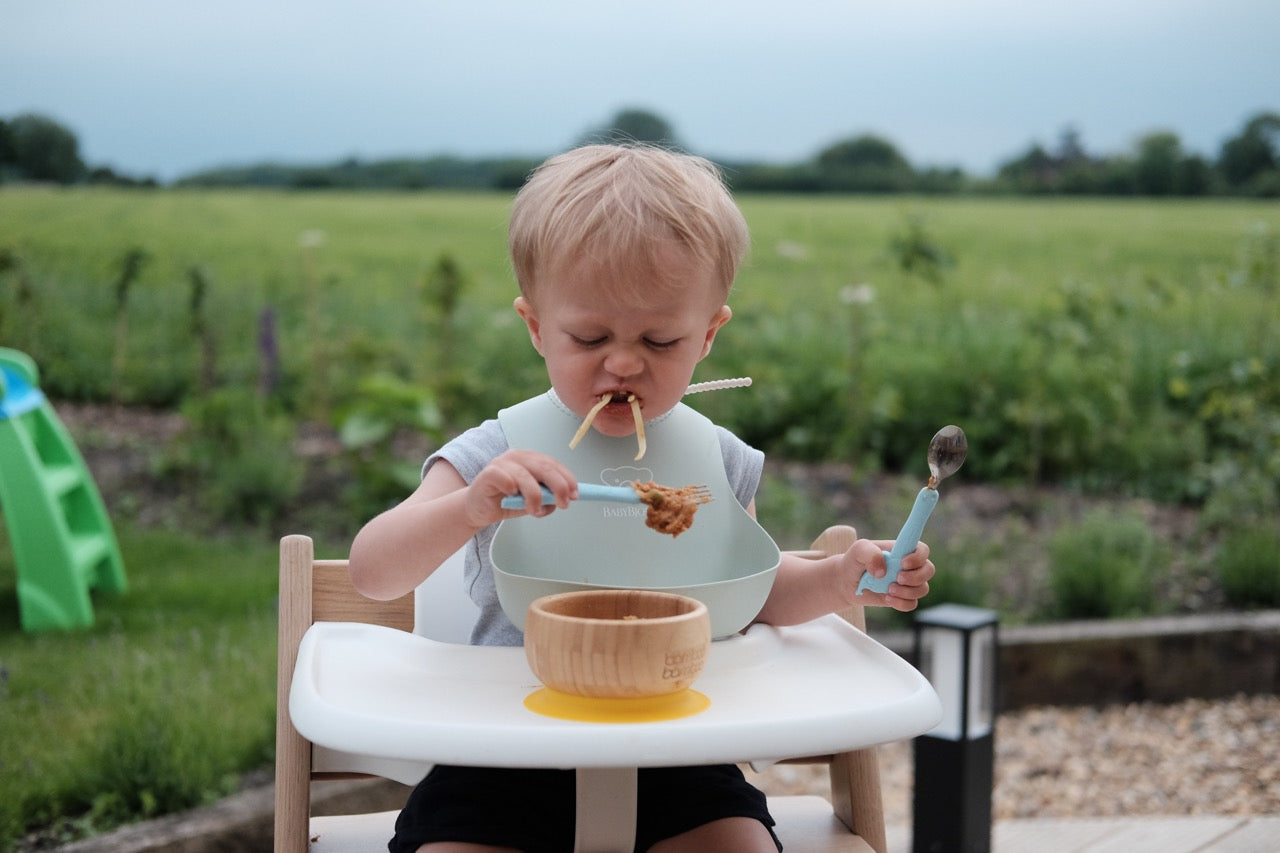It can be baffling when choosing a cup for your 2 year old. There are so many different types on the market that it can be hard to know which will be the best option for your child.
You might have seen lots of 2 year olds using sippy cups, cups with straws as well as some drinking from open cups. Some are certainly more convenient when you’re on the move, but which cups are the best for the health of your 2 year old?
We’ve come up with a few common questions and answers to help you choose.
What should my 2 year old drink milk out of?
The NHS recommends that an open or free flowing cup is the best option for children of any age. You can even encourage a baby to try sipping tiny amounts from an open cup, you don’t have to wait until a child is 2 years old or more.
Whether the drink is milk or water, the advice on cups is the same - avoid those sippy cups and opt instead for open cups or those with free flowing lids. If you’re on the move then a bottle with a straw is a good option - recommended by speech therapists because drinking from a straw develops the muscles of the lips which are essential for speech.
How can I teach my 2 year old to drink from a cup?
- Sit with your toddler and show them how to drink from the cup
- Talk them through picking up the cup and drinking from it
- Help them with your hands if they are struggling to coordinate getting the cup to their mouth!
- A soft cup will feel more natural to your baby or toddler
- You can also try a sloping cup
Remember, everything takes practice for your baby or toddler, and drinking from an open cup is no exception! Be patient and they will get the hang of it - it might mean a few spills at first but it’s a skill they need to master. Mess is all part of the learning experience - try not to chastise your toddler for spills as trial and error develops skills!
Why are sippy cups not recommended?
It’s possible that sippy cups can affect speech and even cause a lisp. This is because they can interfere with the way the tongue would naturally sit and get in the way of the swallowing pattern.
Normally the swallowing pattern would be developed around the age of 1 year old - the tongue tip touches the roof of the mouth and propels the liquid to the back of the throat. A hard sippy cup interferes with this pattern and, if used a lot, stops the child practising swallowing liquids in the normal way.
So why would this affect speech development? Interestingly, the muscles needed for swallowing are also those that are used when learning to form letters and then words. So speaking is a progression for the mouth muscles - your child learns first to use them to swallow liquids, then to formulate sounds and words follow from that.
A sippy cup can encourage a child to rest their tongue in a more forward position in the mouth, which can cause difficulty pronouncing letters, words and even cause a lisp. So, if a sippy cup is used frequently, it can cause a lot of problems with speech.
Speech therapists do recommend that drinking from a bottle with a straw as it is excellent for strengthening the lip muscles which are needed for speech - necessary for pronouncing hard consonant sounds like ‘m’, ‘p’ and ‘b’.
So you can see that sippy cups are definitely not a good option for your child.
Minaym have a silicone toddler cup that’s flexible to mould to your toddler’s hand, and it’s tactile so your child will find it feels natural to hold and drink from. Look out for these on our website! They’re personalised with the name of your choice and they make excellent toddler gifts too!
Resources
https://www.nct.org.uk/baby-toddler/feeding/introducing-solids/choosing-cups-for-babies-and-toddlers
https://therapyworks.com/blog/language-development/skip-sippy-cup-for-straws/
https://www.nhs.uk/conditions/baby/weaning-and-feeding/drinks-and-cups-for-babies-and-young-children/
________
You can find more information and purchase our toddler cups on our website. We're confident that our toddler cups will be a great addition to your toddler's feeding routine.


